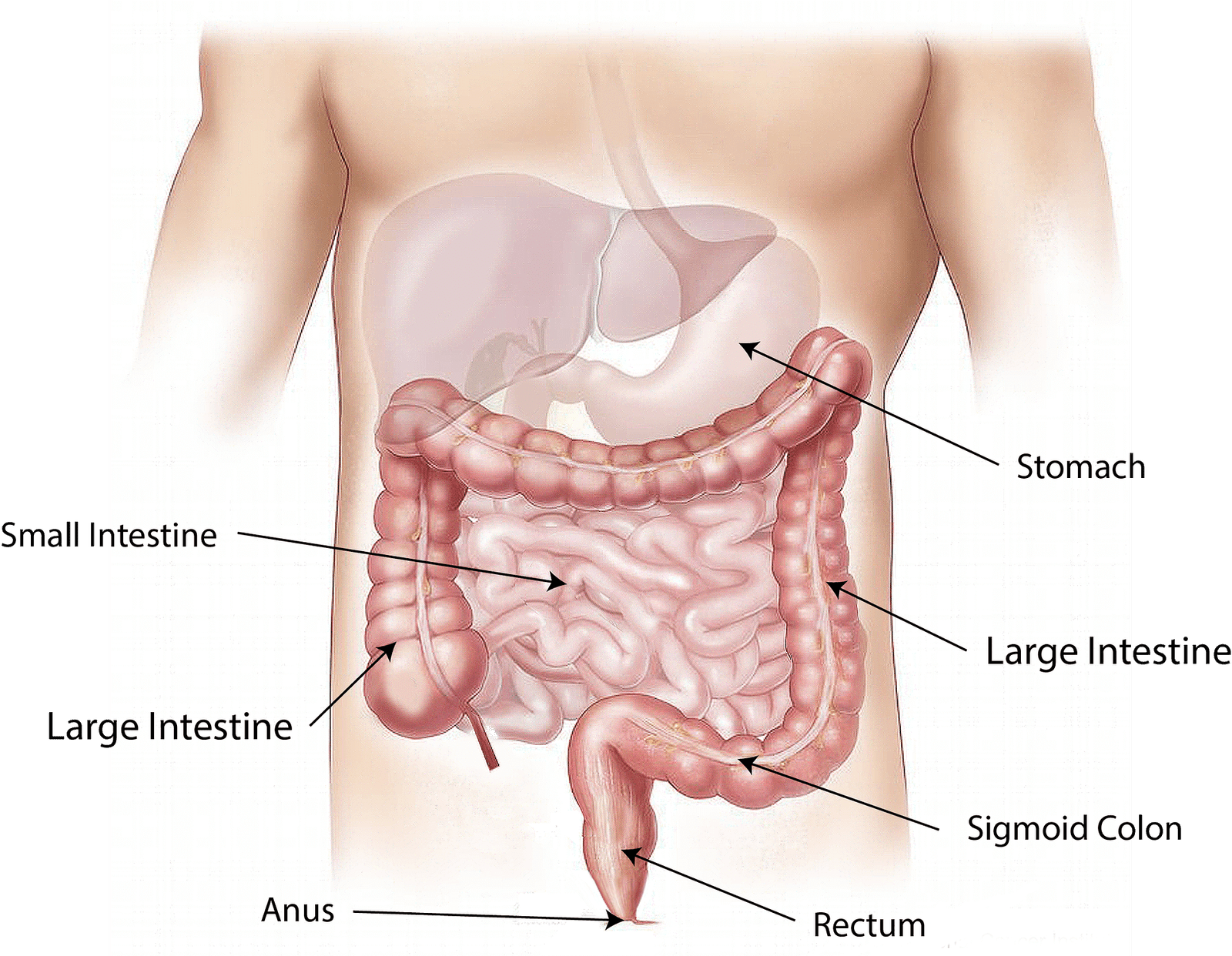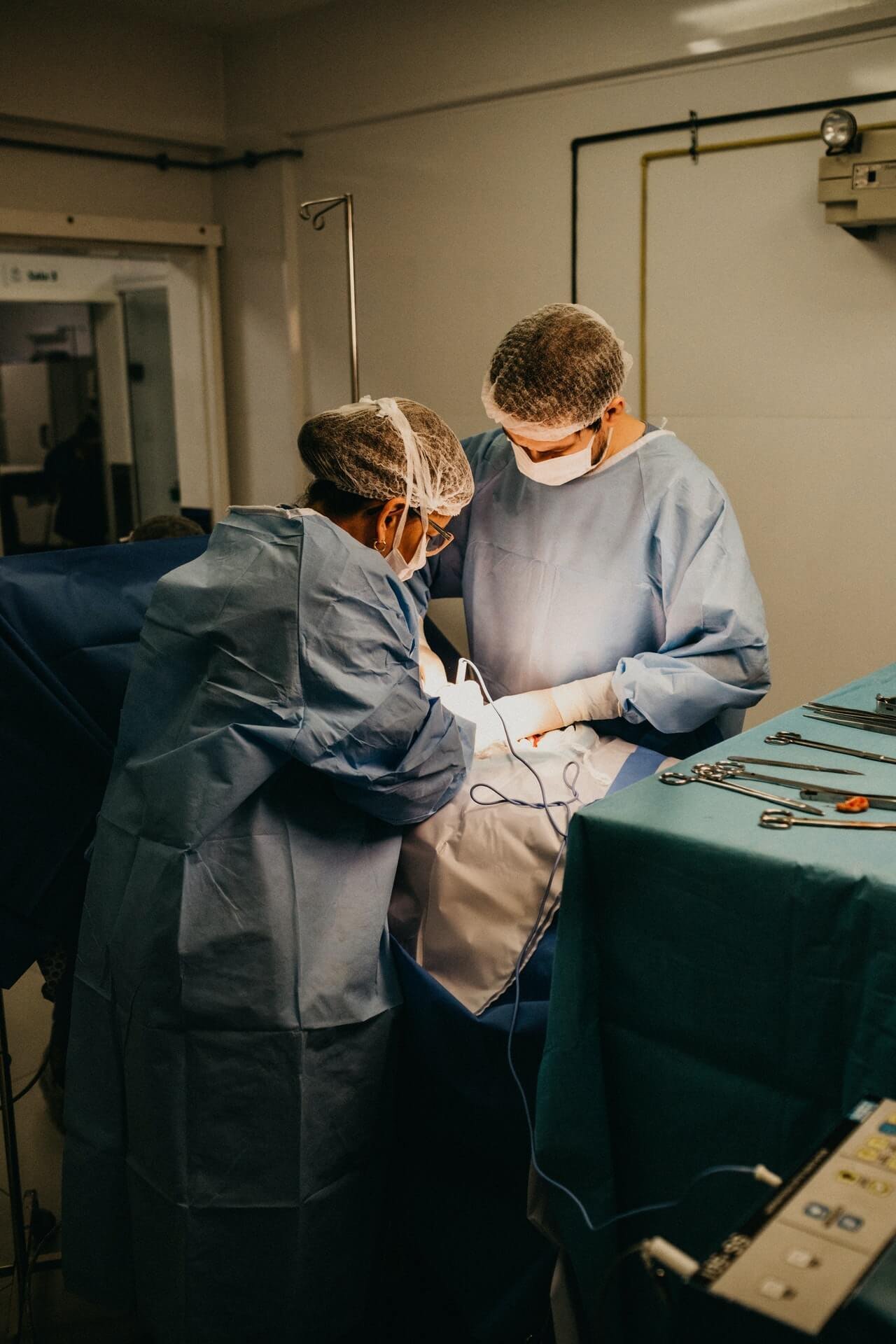Appendicitis – 2 methods that can help you to ease the pain
 Appendicitis: what is it?
Appendicitis: what is it?
As a child, your appendix is now part of your resistance system, which assists your body in disease. It can happen instantly, 48 to 72 hours after you have symptoms. As a result, appendicitis is a medical emergency. Looking for a doctor if you encounter any of these symptoms can assist you to do so in addition to infection, which can be life-threatening.
How does appendicitis occur?

The tube that joins your immense intestine and appendix may be blocked or trapped by stool. Tumors can sometimes bring on appendicitis.
As a result, the appendix becomes sore and swollen. As swelling and soreness worsen, the blood supply to the appendix stops. The appendix begins to die when it doesn’t get sufficient blood flow. An appendix can shatter or develop holes or tears in its walls, letting stool, mucus, and infection leak through and enter the belly. As a result, peritonitis can develop.
In what ways can appendicitis bring on complications?
An appendix can rupture. A contaminated appendix can bring on illness and even death. Among the complications are:
You may design an appendicular abscess or a pocket of pus. Your healthcare provider will place drainage tubes in your abdomen. Before surgery, these tubes drain fluid from the abscess. Drainage may be held for seven days or more. Antibiotics are used to combat infection during this time.
Abdomen Infection: Peritonitis poses a risk if it spreads to other areas of the body.
Bacteria from a ruptured appendix can get into the bloodstream and bring on sepsis. Sepsis can result if it occurs. Countless of your organs become aroused by sepsis, which can be fatal. The infection needs hospital treatment with strong antibiotics.
What is the treatment for appendicitis?
Appendicitis is a medical emergency. The infection could result in a deadly position if the appendix ruptures. Due to this, your healthcare provider will nearly always recommend that you have your appendix removed.
A launch arrangement or a laparoscopic arrangement can be used to remove the appendix.
2 Methods

1. The traditional (launch) surgery method
Anesthesia must be given to you. The lower right-hand side of your stomach is cut (incision). The healer removes the appendix. Your doctor will remove the shunt in a few days after the infection has subsided.
2. The laparoscopic technique
Anesthesia is required to care for you. A laparoscope (camera) glances inside your stomach through various cuts (incisions). A few microscopic incisions are made to insert the surgical tools. Whichever incision is to the area of the laparoscope. Often, even though the appendix bursts, a laparoscopy can be performed.
Laparoscopic surgery will remove the appendix. The slim instrument (laparoscope) will be inserted through small incisions (cuts) in the abdomen by the surgeon. In this way, there is no requirement for an abdominal incision.
If this is not possible, a limited incision is made in the lower abdomen. There are a lot of cuts in the intestine and stitches in the injured along with the appendix. The healer will insert a tube and drain pus from the abdominal cavity if the appendix bursts. The patient is delivered antibiotics intravenously to reduce the risk of peritonitis.
An appendicectomy typically needs a hospital stay of between three and five days. Short-term or long-term, removing the appendix seems to have no set aside for the digestive system.
After an appendectomy, if your appendix has not burst, you’ll only require a few days to recover. If your appendix bursts, your recovery time will be longer, and you’ll require antibiotics.
It is possible to live life without your appendix. Diet and consumption changes are generally not necessary.
The diagnosis

- Evaluation of the clinical situation
- CT of the abdomen if necessary
- Ultrasonography is a choice to CT
The diagnosis of appendicitis is clinical when simple appendicitis symptoms and signs are present. By delaying appendicitis surgery for imaging tests, the risk of perforation and consequent complications increases.
Patients without uncertain findings should undergo imaging studies immediately. Fortunately, contrast-enhanced CT is accurate in diagnosing appendicitis and can also explain other causes of acute abdomen.
Appendicitis is primarily a clinical diagnosis. Selective and thoughtful use of radiographic studies may lower the rate of negative laparotomies.
Appendicitis: Key Points
Appendicitis occurs when your appendix becomes inflamed, swollen, and infected.
A medical emergency You ought to search for concern as soon as possible.
Appendicitis occurs when the inside of your appendix is filled with something that causes it to swell, for example, mucus, stool, or parasites.
A person’s risk of developing appendicitis increases as they age.
Each person may encounter diverse symptoms of stomach pain.
It is possible to live life without your appendix.
The next steps
How to get the vast majority out of a visit to your healthcare provider:
Write down questions you would love to reply to before your visit.
Have someone with you to assist you in asking questions and remembering what your provider says.
If your provider supplies you with new medications, treatments, or tests, edit a copy of the title.
If you have questions, know how to call your provider.
Synopsis
The vast majority of current childhood surgical emergencies are appendicitis.



